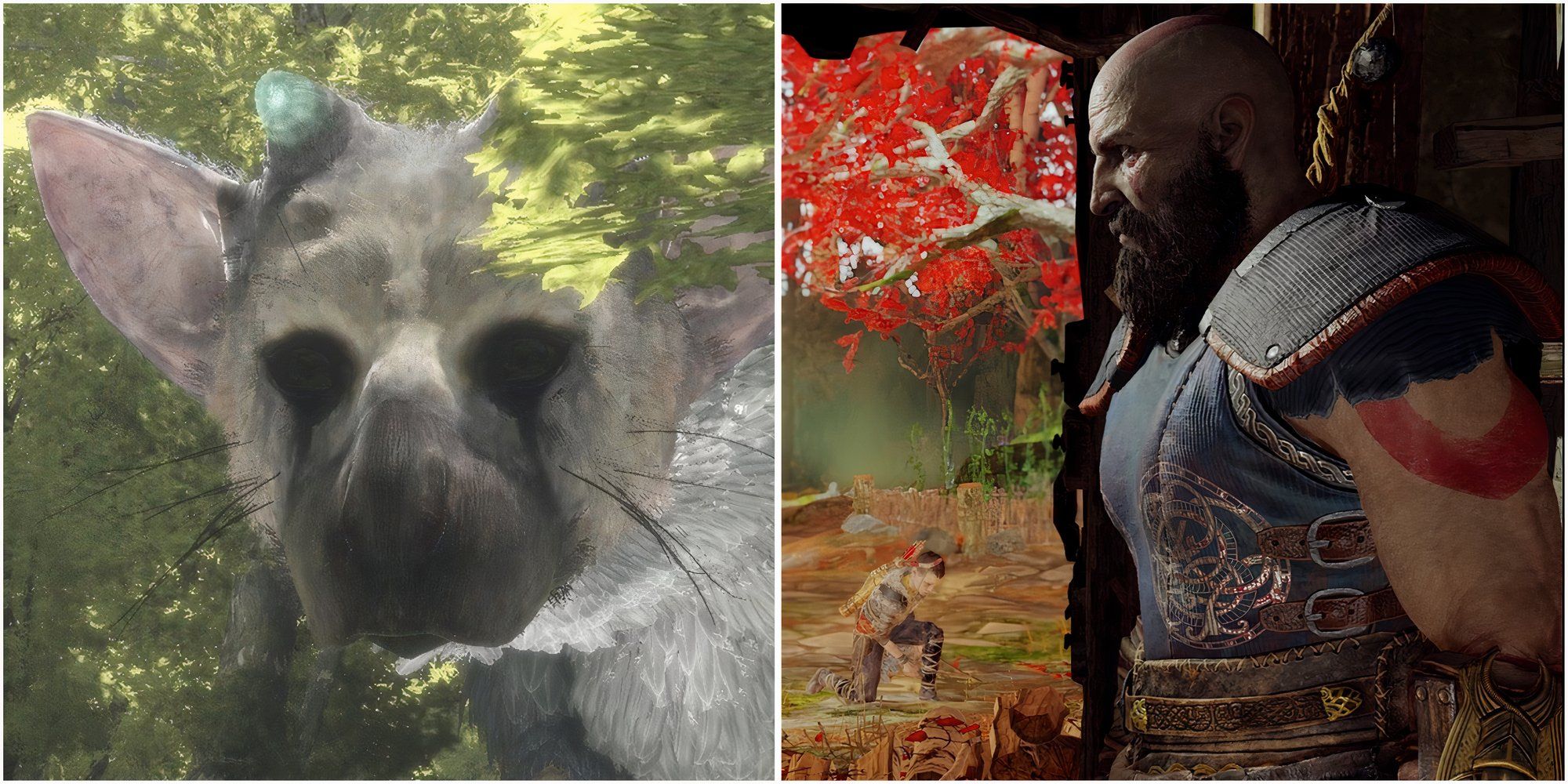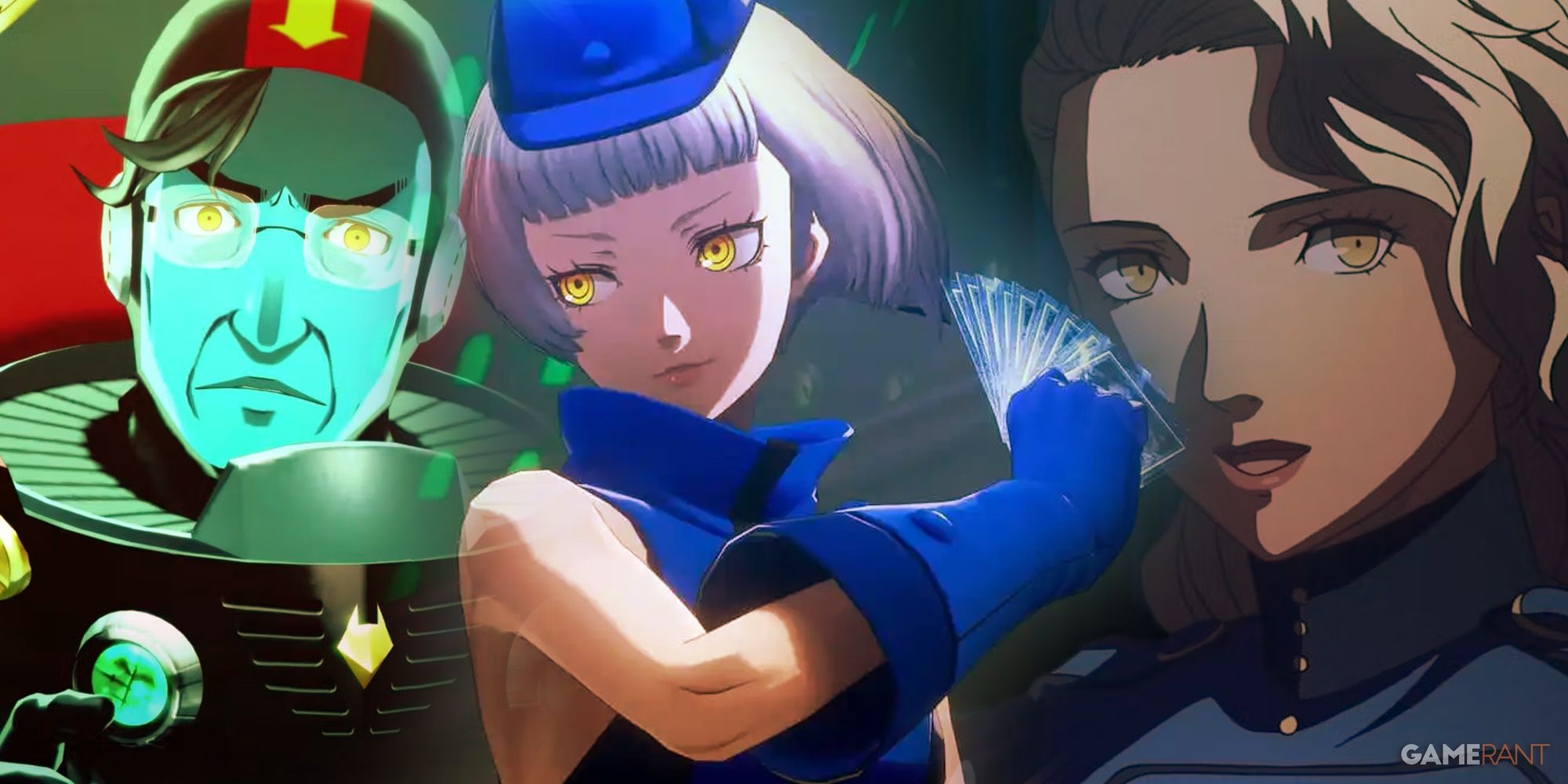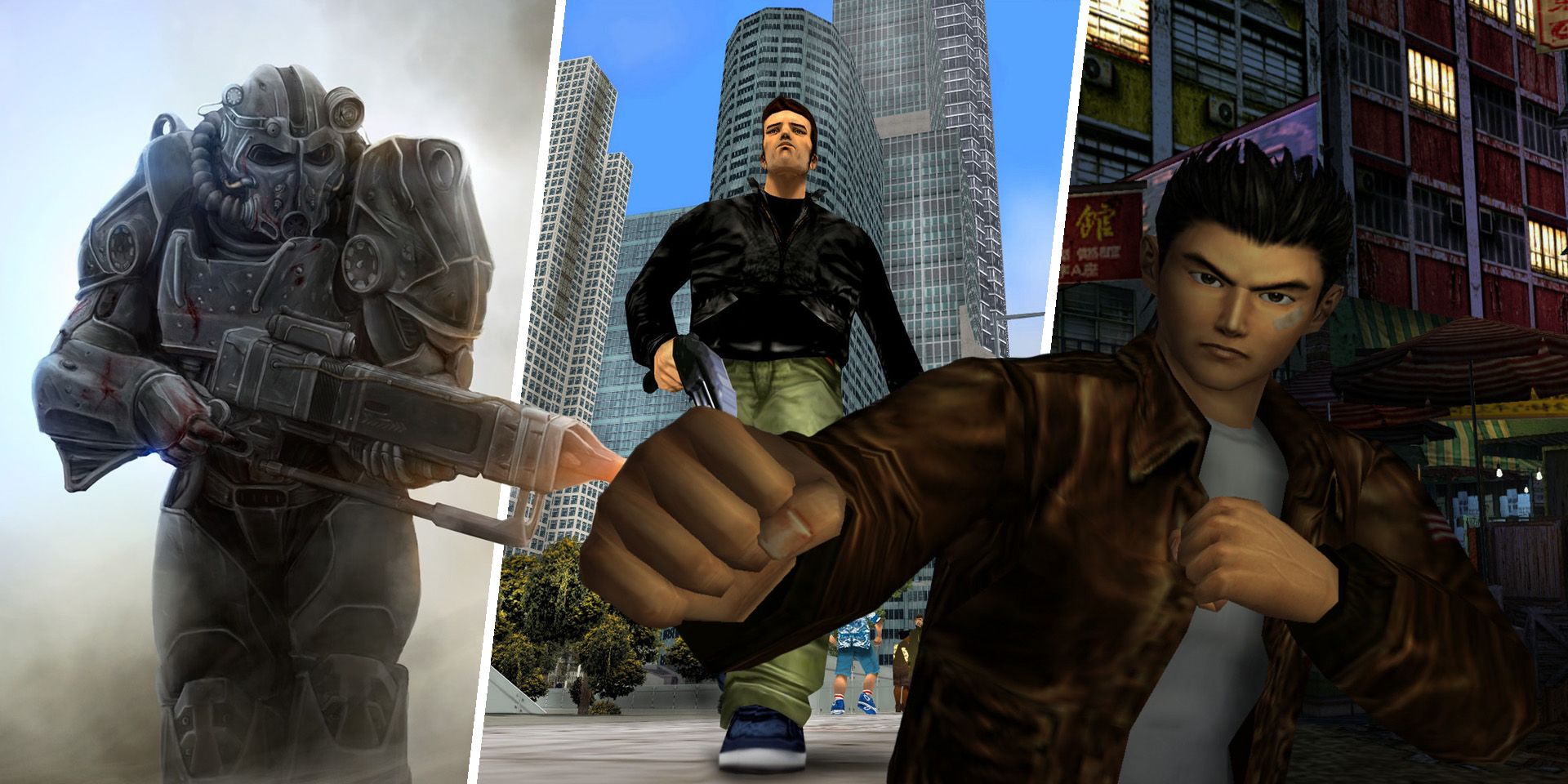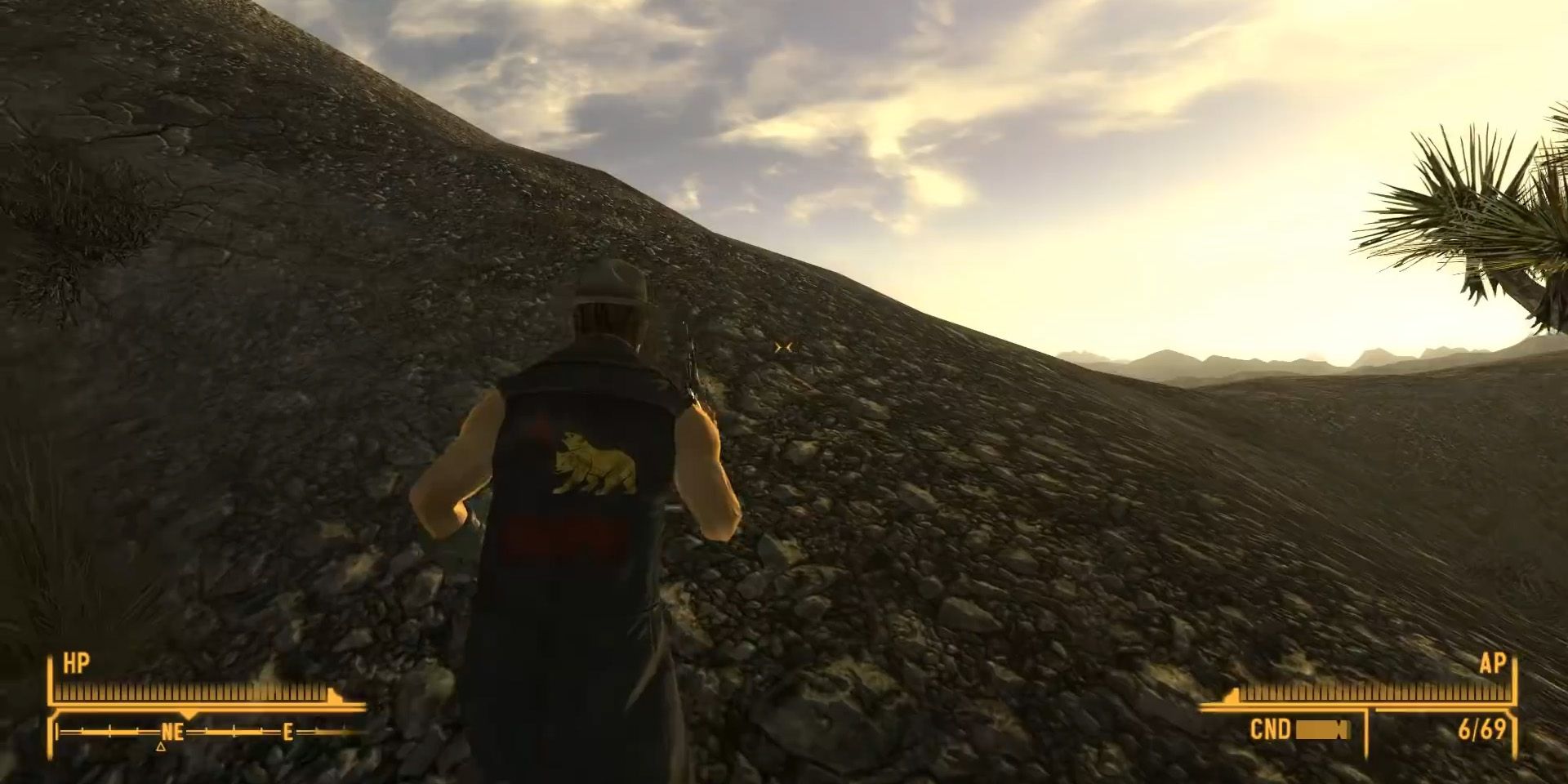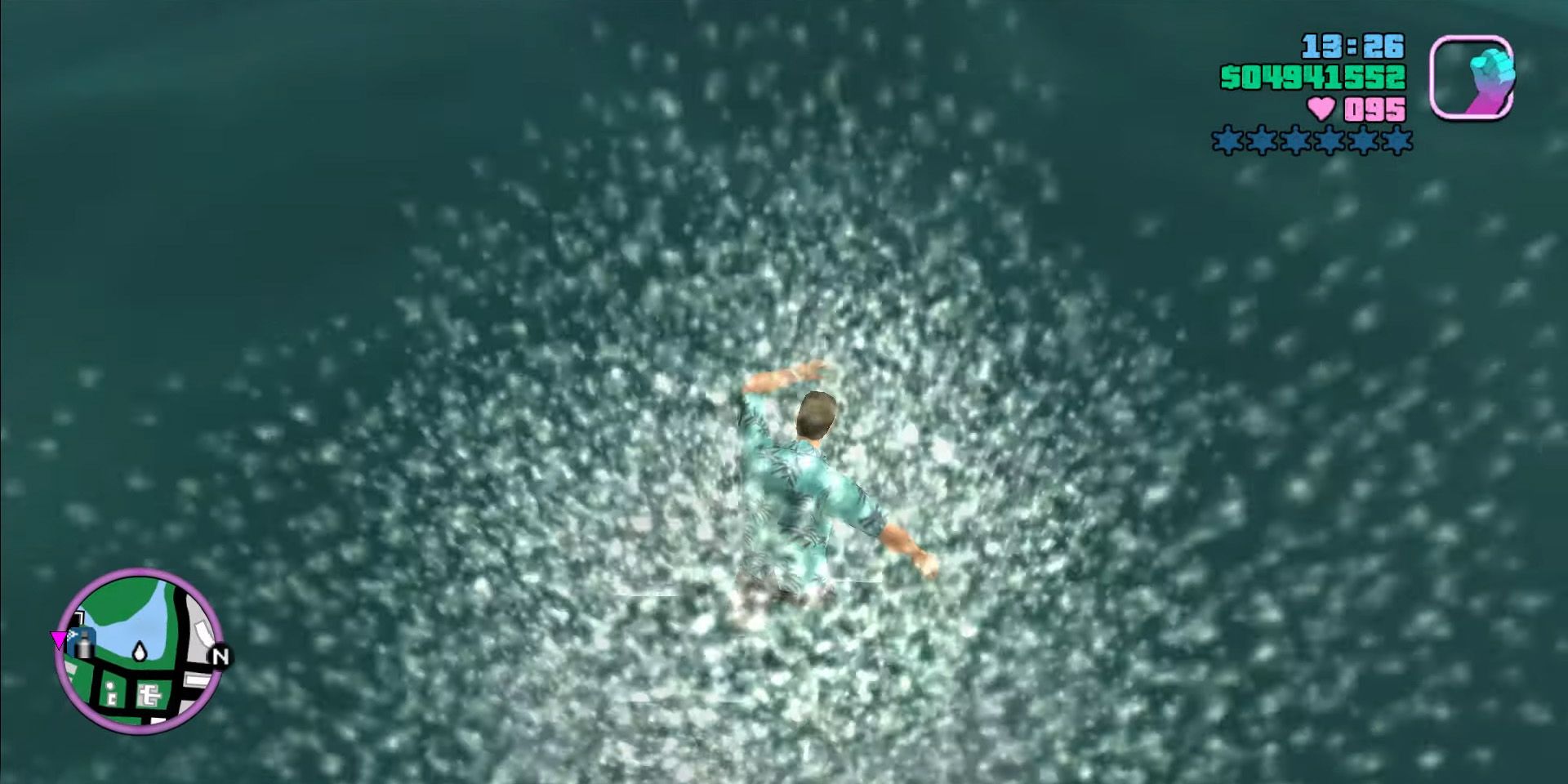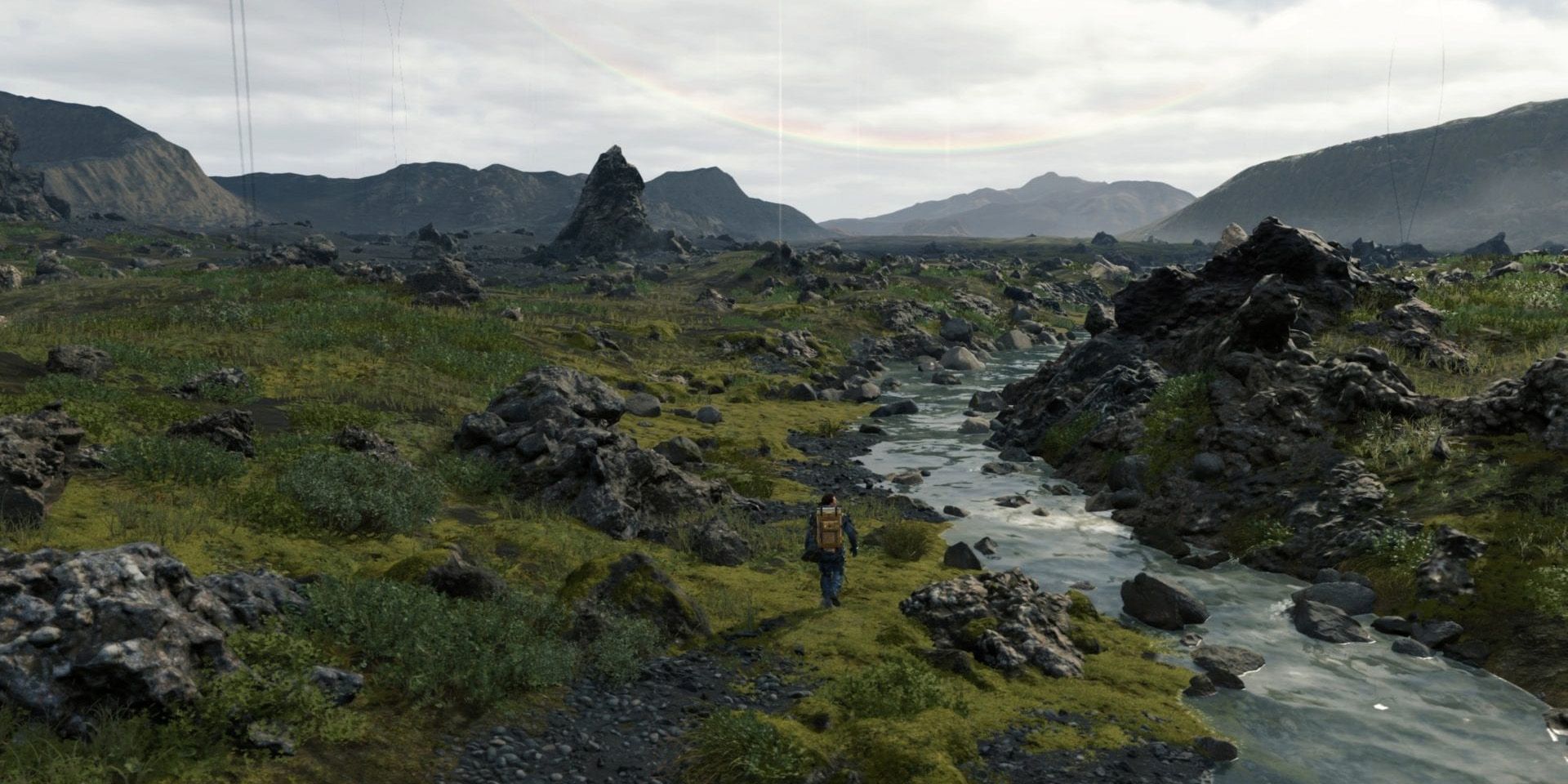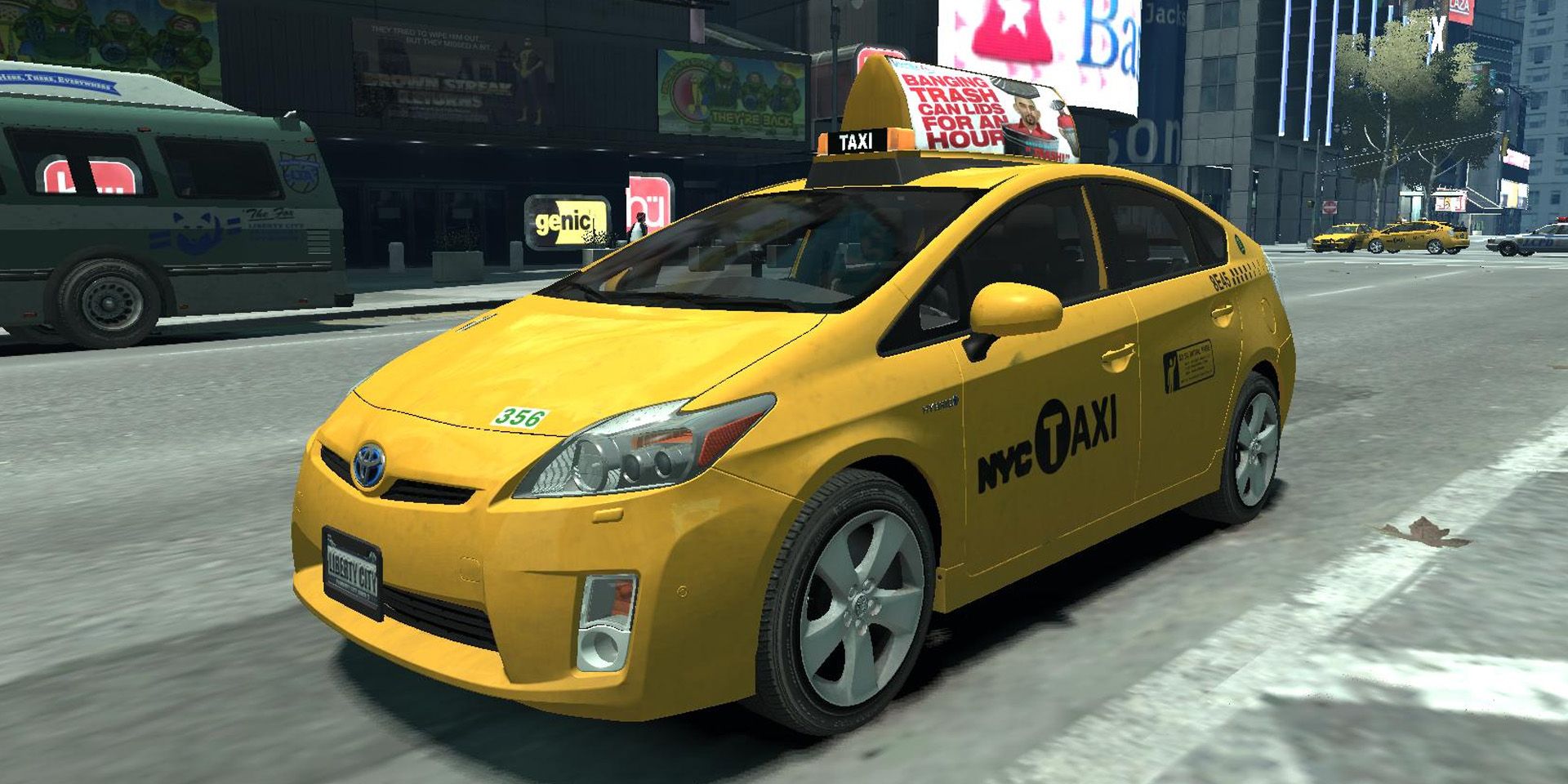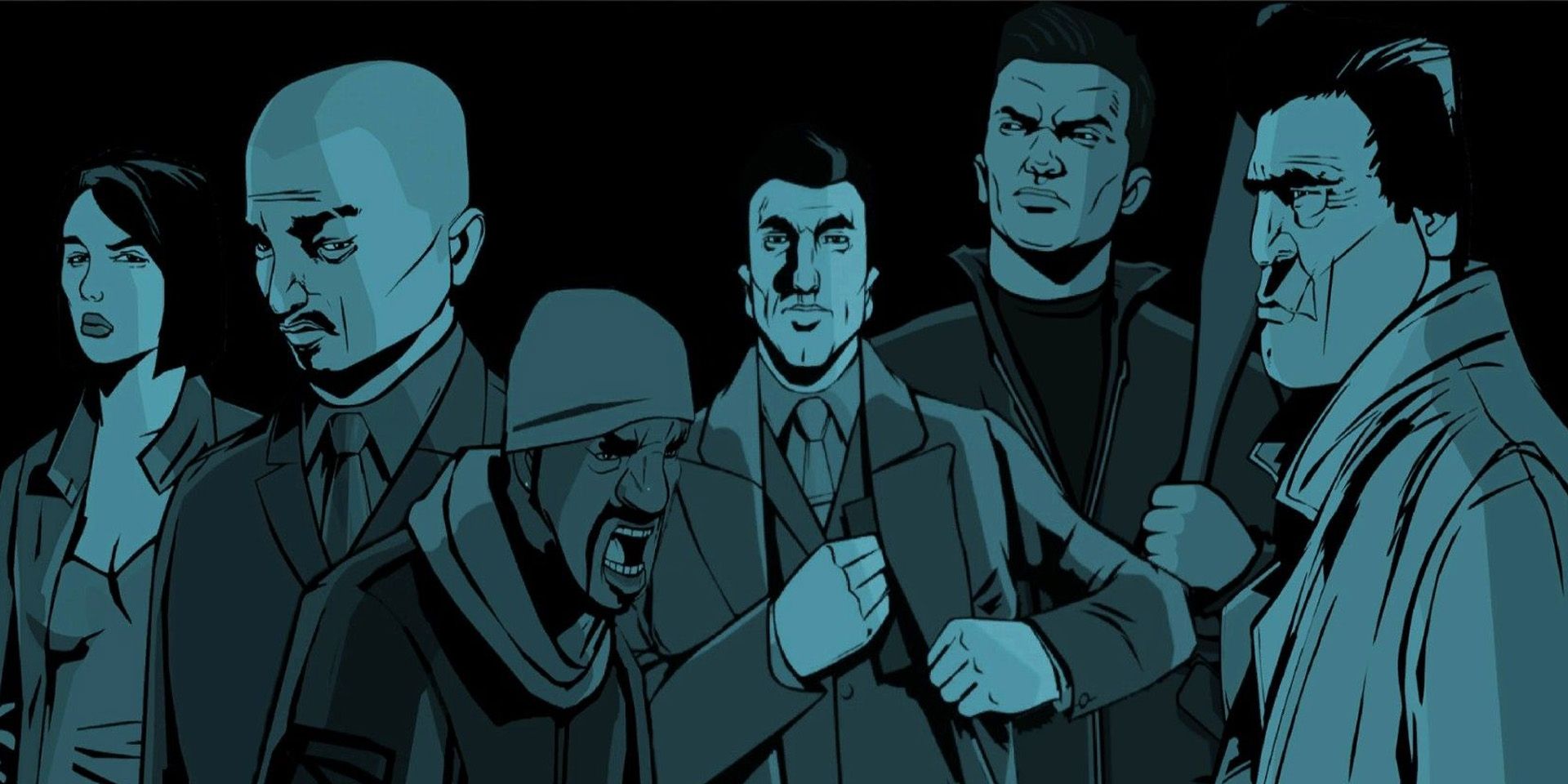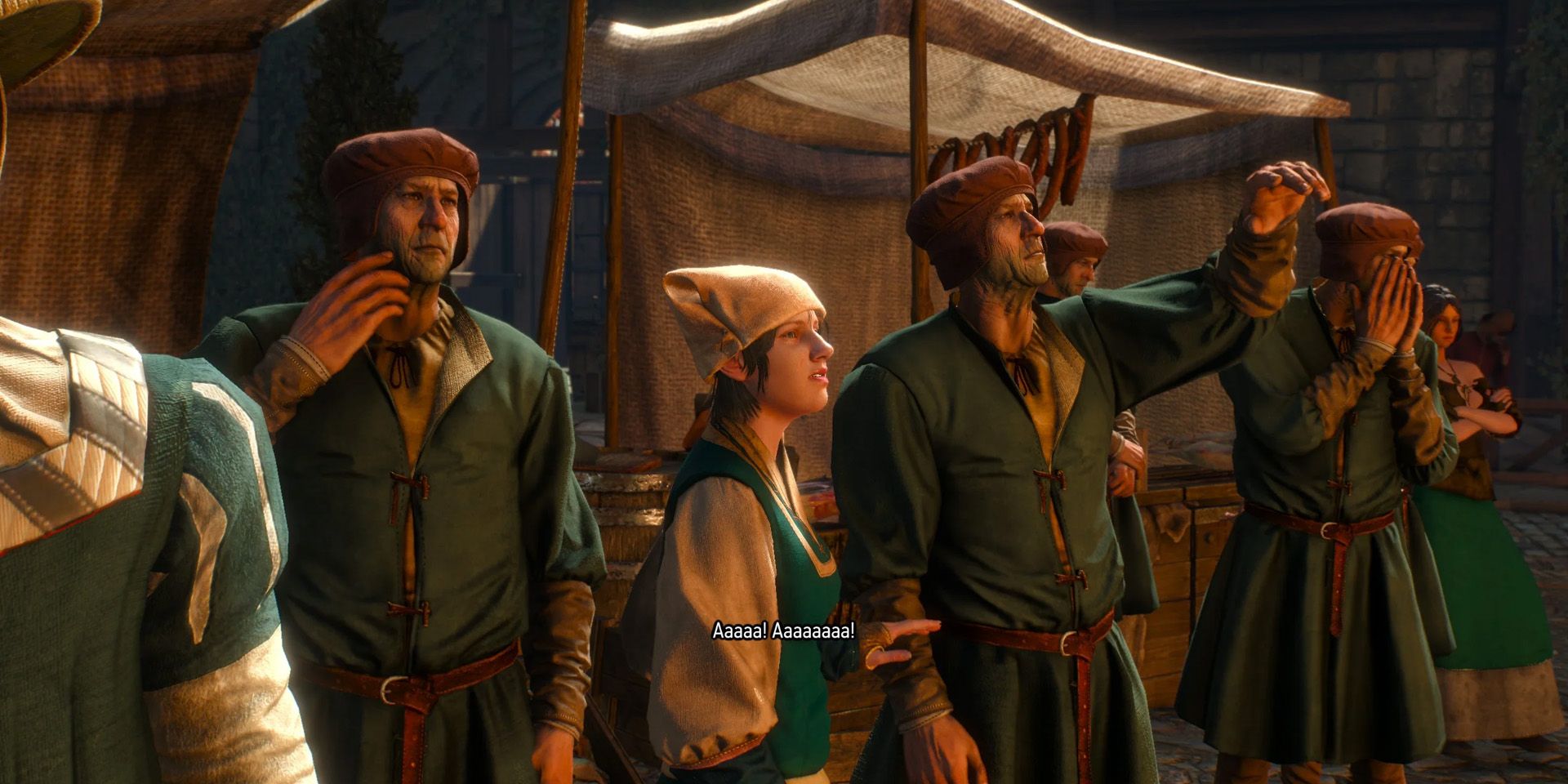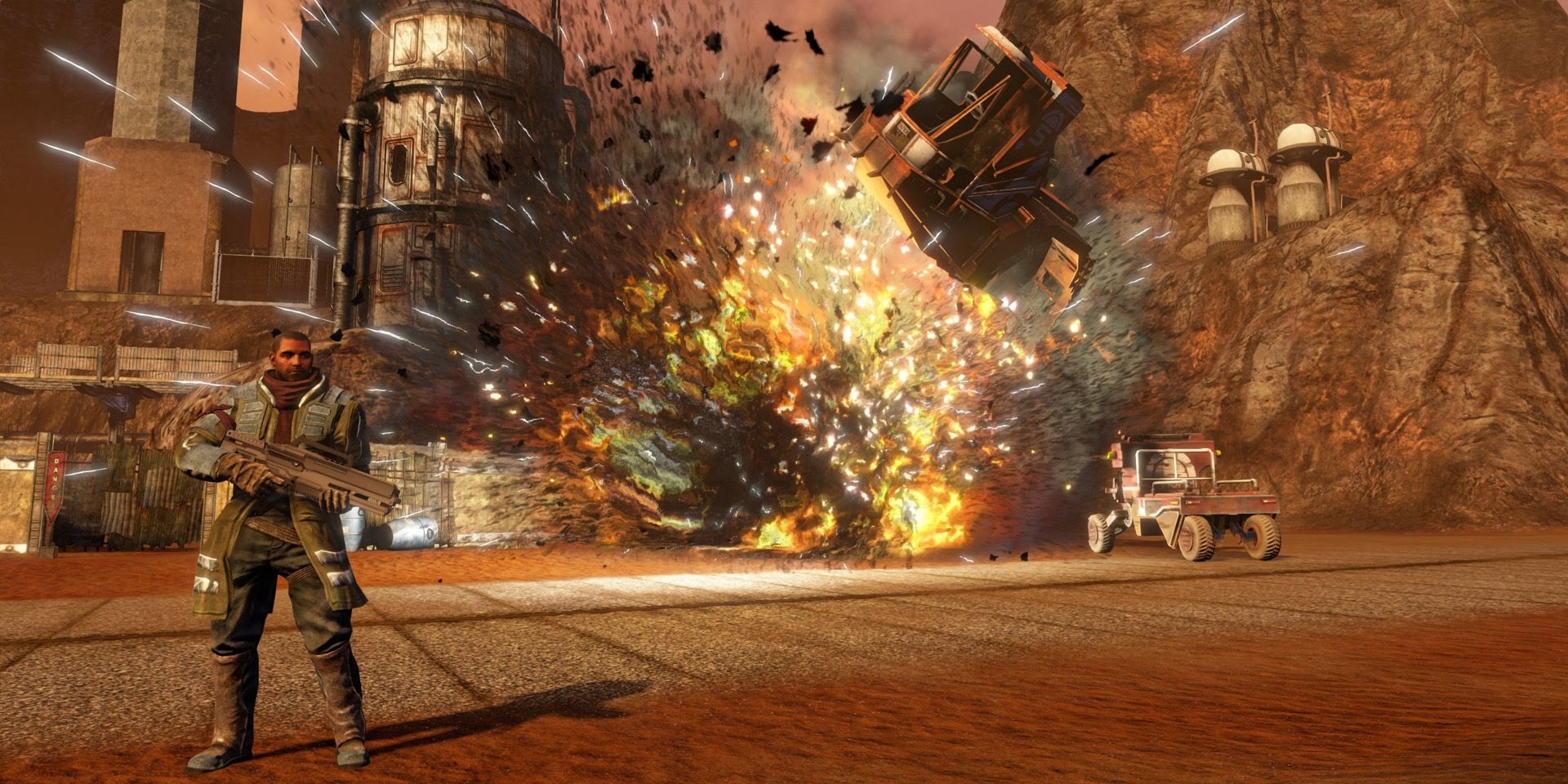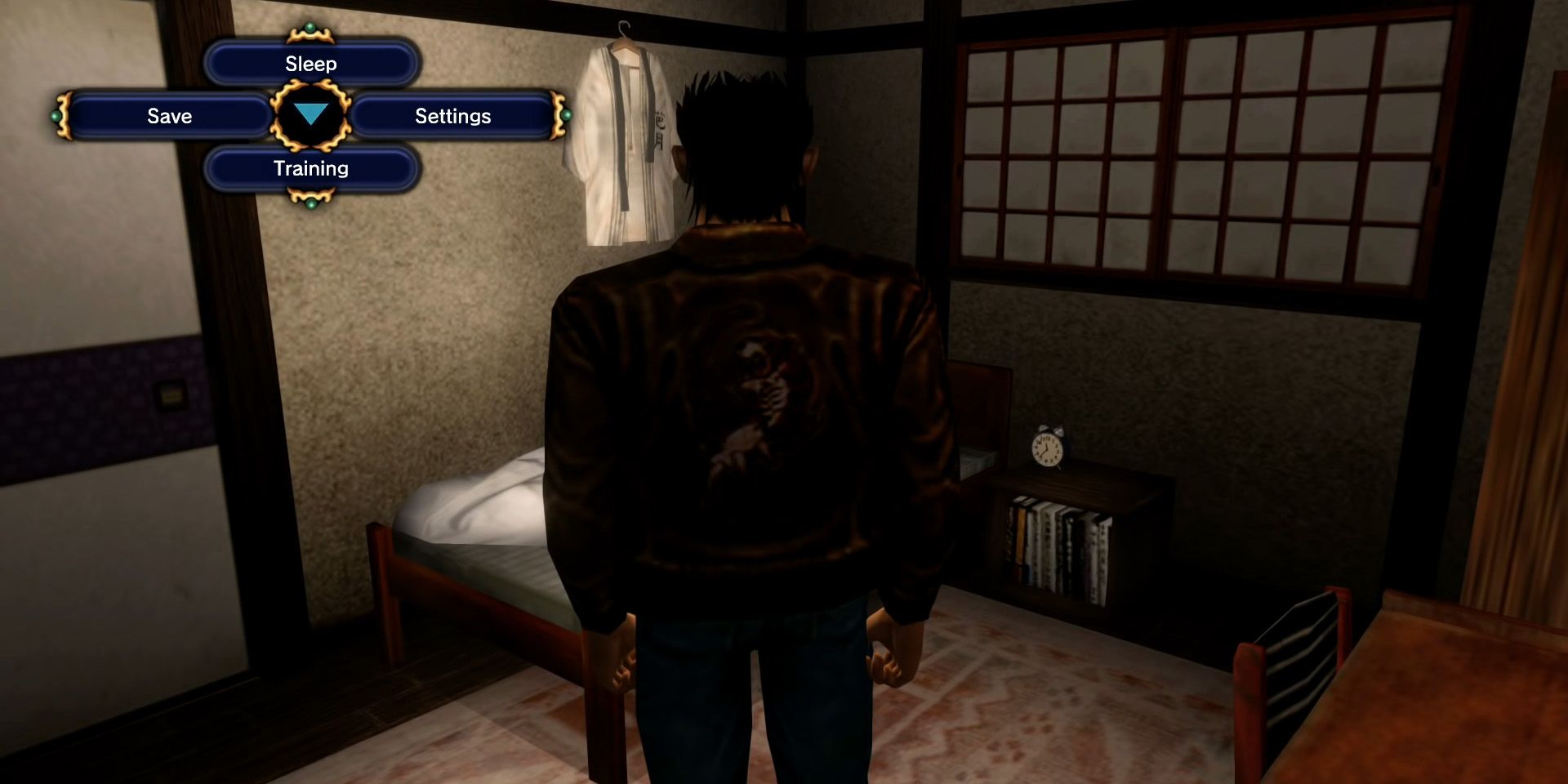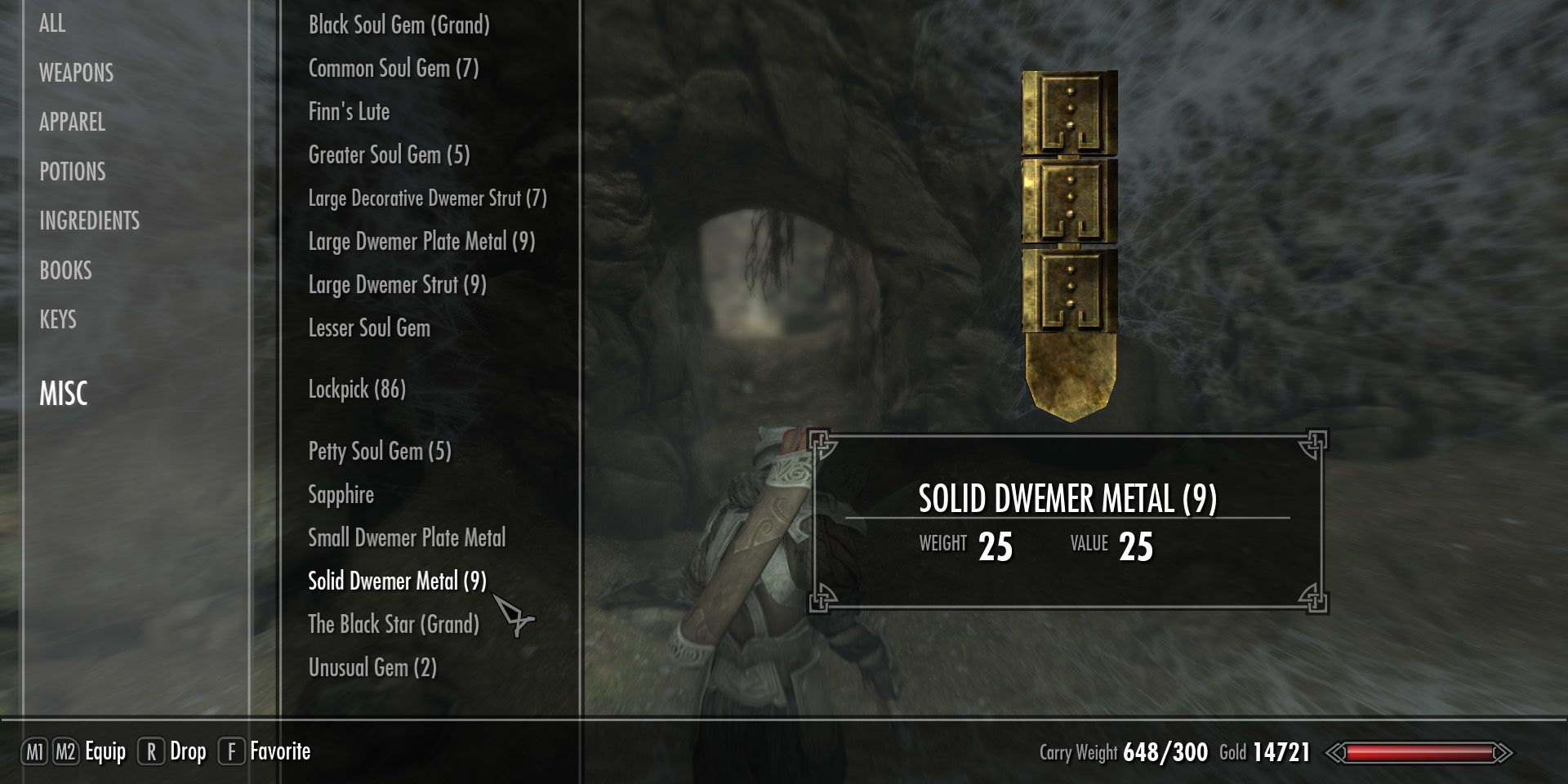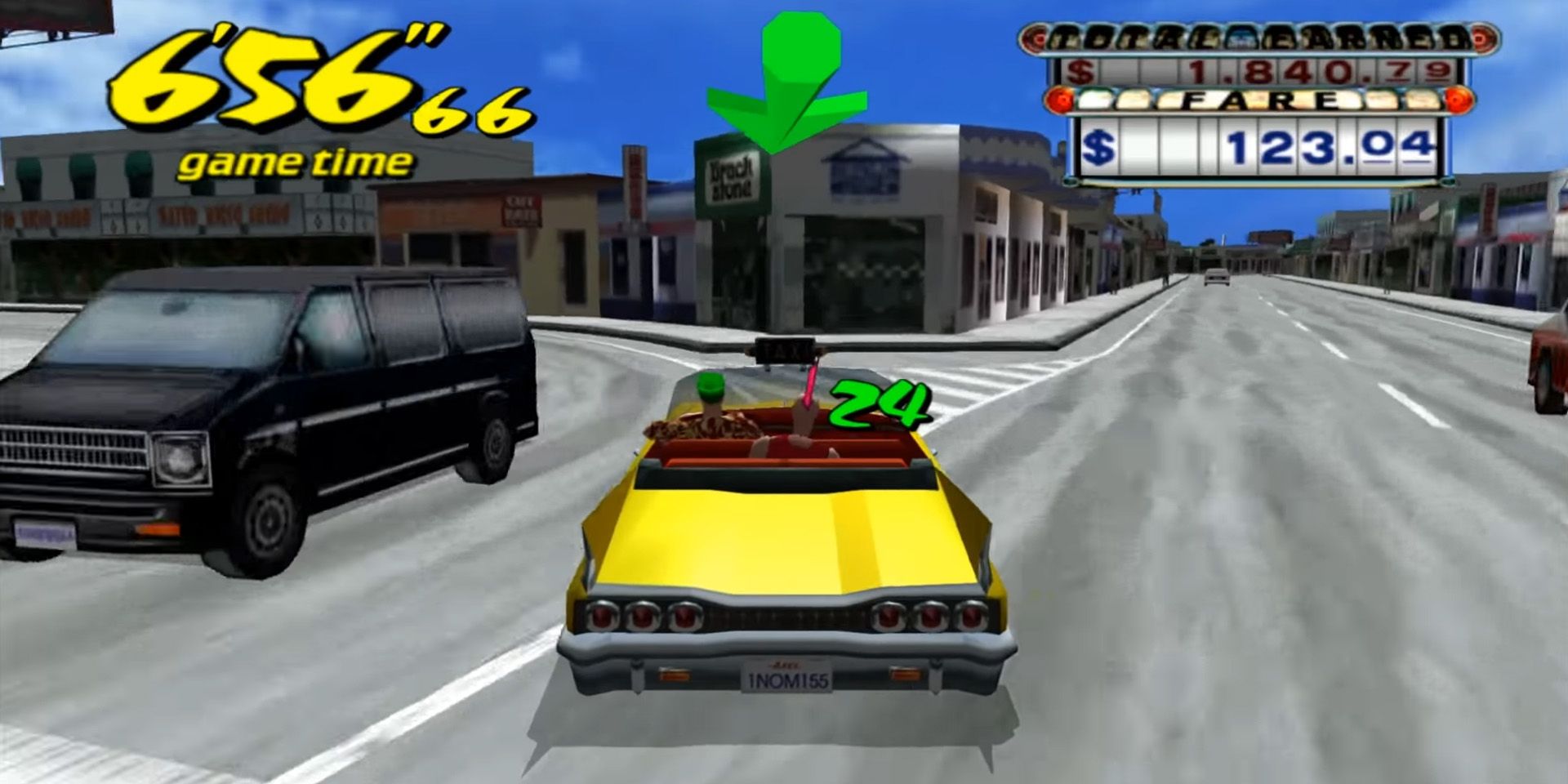The 3D open-world genre has come a long way since first bursting onto the scene in the late nineties. Games like Shenmue and Grand Theft Auto 3 laid a lot of the genre's foundations, though in the decades since, a combination of new ideas and technological advancements have helped to refine and replace many of the mechanics and tropes that were common in the early days of open-world video games.
Not all of these changes have been for the better, with aggressive micro-transactions and pointless online multiplayer modes blighting plenty of otherwise fantastic titles. That said, most of the classic open-world tropes that have been done away with were infuriating ones; either because they wasted the player's time or destroyed the sense of immersion that developers had worked so hard to evoke.
10 Invisible Walls
Invisible walls became a fairly common sight in the period immediately after gaming made the leap to the third dimension; at least figuratively, anyway. Many of the earliest examples can be found in 3D platformers, although these immersion-killing opaque obstacles also blighted many of the first generation of open-world video games.
In the decades since, developers have adopted a number of different techniques to remove the need for invisible walls, with varying degrees of success. Some design worlds in which buildings or other structures encircle the playable area, while others simply have the protagonist turn around upon reaching the edge of the map.
9 Insta-Drown
One of the more successful techniques for keeping players penned in has traditionally been to surround the playable area with water. Of course, this isn't all that useful when the protagonist is simply able to swim out of bounds, which is perhaps why many of the earliest open-world games instantly killed players the moment they touched the water.
Perhaps the best example of this can be found in GTA 3, wherein, despite being able to operate several different types of boat, protagonist Claude drowns almost instantly should he ever fall into the water. The protagonist of Vice City also has a serious aversion to the wet stuff, though, since San Andreas, players have been able to swim in every mainline GTA title.
8 Empty Maps
Following the meteoric rise in popularity of open-world video games in the early two-thousands, developers began to start pushing the boundaries; both figuratively and literally. Players were treated to larger and larger sandboxes in which to play around in, though this wasn't always such a good thing.
As it turns out, there's actually some truth to that old adage about size alone not being important. With game worlds growing larger and larger, many players began to tire of having to make their way across boring and baron landscapes to reach their next objective. This in turn led to many developers reeling things in a little to focus on smaller, more densely populated playing areas. That is unless the emptiness actually suits the game's narrative, as it does in titles like Fallout and Death Stranding.
7 Illogical Fast Travel
To combat the growing disdain for the tedious nature of traversing large, open worlds, developers began adding fast travel mechanics into their games. In the early days, however, very little thought was put into it, with players typically transported to the other side of the map at a moment's notice. These days though, there's usually a lot more logic involved.
While some of the earlier open-world games like Shenmue at least advanced the in-game clock by a few minutes to account for the time it would take for their protagonists to walk from A to B, later games would come up with far more eloquent solutions. In GTA IV, for example, players need to hop into a taxi to fast travel, while the Red Dead series uses stagecoaches and trains.
6 Constant Loading Screens
To say that early iterations of fast travel transported players from A to B instantly is perhaps a little inaccurate. Sure, they were magically teleported across the map, but this was typically accompanied by a long loading screen. In fact, in many older open-world games, just about everything was.
With video game consoles getting faster and faster with each generation, however, loading screens are fast becoming a thing of the past. Gone are the days when entering or exiting a building or driving across an invisible boundary would trigger a loading screen, thanks in large to lightning-fast memory access. This has also drastically cut down instances of pop-in due to low draw distance, another issue that blighted many classic open-world titles.
5 Cloned NPCs
Pop-in affected a lot of things, from buildings to oncoming traffic, but perhaps the most noticeable was when an NPC randomly appeared out of thin air. What made it all the more jarring was that a lot of early open-world games recycled NPC models, with players regularly running into two or even three of the same NPC in the same location.
Thanks to improved hardware though, this too is now largely a thing of the past, though Cyberpunk 2077 would perhaps beg to differ. Many modern video game engines are even able to generate their own unique NPCs with very little input from developers, helping to ensure that no two characters are truly the same in any given area.
4 Destructible Environments
One of the many other ideas that developers have played around with over the years is destructible environments. It was all the rage in the early two-thousands, though the novelty of being able to blow up buildings wore off pretty quickly, leading to the idea being toned down rather dramatically in the years that followed.
Most modern open-world games still allow players to interact with their environment to a certain degree, though this is typically limited to knocking over or breaking furniture which later spawns back in as good as new. Some games do still allow for the destruction of buildings, but it's typically tied into the story rather than something that players can do whenever they feel like it.
3 Save Points
While the open-world genre has largely been built out of innovation, there were one or two ideas that were borrowed from earlier titles. Perhaps the most prominent of these was the trusty save point, which had previously been a staple of RPGs and the adventure game genre to name but a few.
Early open-world games like Shenmue and GTA 3 required players to go to a bed in order to save their game, though this idea was gradually phased out in the years that followed. Auto-save arguably played a big role in this, with most developers allowing players to save when and wherever they felt like it after auto-save became common.
2 Bottomless Backpacks
Though arguably the most notable, early open-world games borrowed more than just save points from other genres. Another idea that was carried over was that of the unlimited inventory, with players often able to carry as many weapons or items as they wanted in the protagonist's seemingly bottomless pockets or backpack.
As developers sought to make their games more realistic, however, restrictions on inventory space began to become the norm. Most modern open-world games force players to discard items before they can pick up another if they're at full capacity, while others, like Skyrim and The Witcher3, implement weight limits and slow the player's movement if they're carrying too much.
1 Navigation Arrows
Anybody who played an open-world video game in the early two-thousands should be fairly familiar with the giant arrow. It showed up in a ridiculous number of titles, particularly those with driving mechanics, and pointed the player in the direction that they needed to travel to reach their desired location or objective.
As GPS navigation began to become common in the real world though, developers began to implement it into their games. When on foot, the heavy lifting is instead carried out by mini-maps and waypoints, which offer a much cleaner and more logical solution than the giant arrows of yesteryear.

